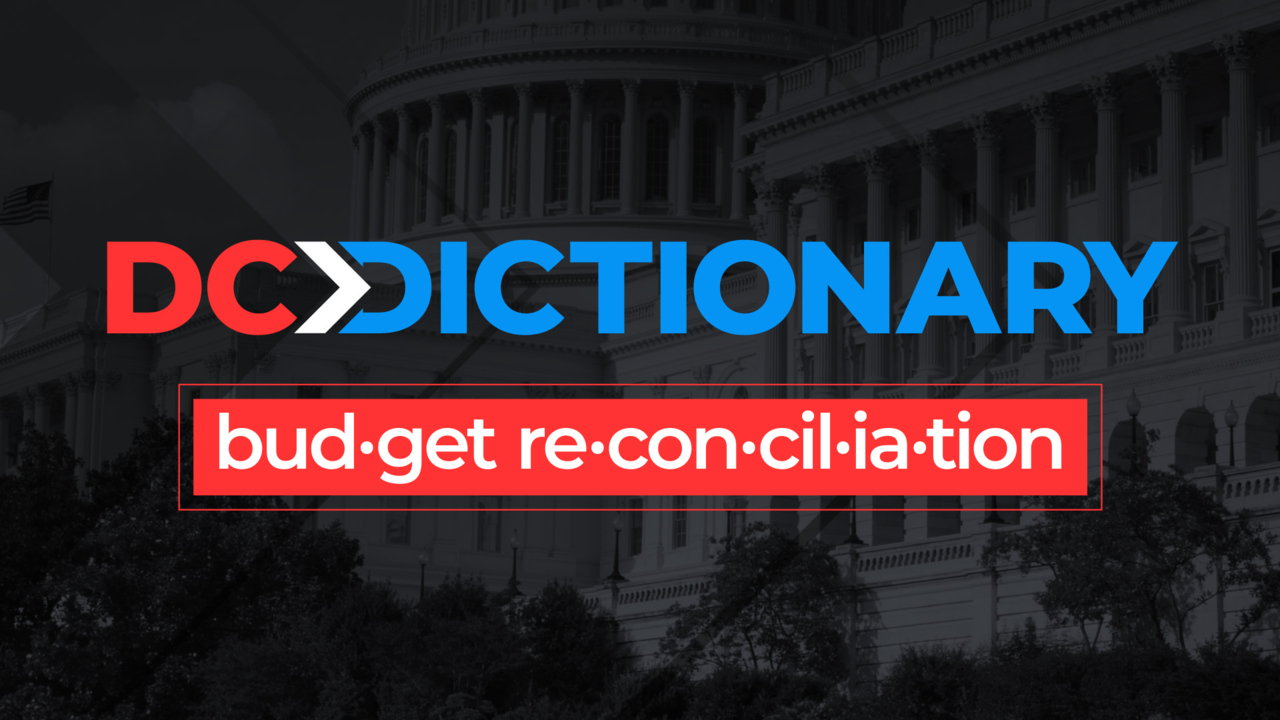
Ray Bogan: The Senate is either famous or infamous, depending on who you ask, for requiring 60 votes to end a filibuster and pass legislation.
But when it comes to money, there’s one way to get things done with a simple majority. It’s called budget reconciliation, and it’s our DC Dictionary. Reconciliation allows budget measures to pass with just 51 votes. It was recreated by the Congressional Budget Act of 1974 and therefore can be used only for bills that directly apply to spending, taxes, and debt limits.
Byron Dorgan: It’s been used by both political parties over time. It’s, it’s complicated. And there is what’s called a voteathon before it all happens, and anybody can offer any amendments.
Ray Bogan: Vote-athons usually last all night. Senators vote on hundreds of amendments. But there’s a catch. Amendments need the Senate Parliamentarian’s approval.
Byron Dorgan: The Byrd rule prohibits non budget issues from being considered during that discussion. So this is about tax cuts, tax increases. It’s about spending cuts or increases.
Ray Bogan: West Virginia’s Robert C. Byrd. was the longest serving Senator in history. He largely shaped the process so to find out if an amendment is allowed, it’s subject to a Byrd bath.
Byron Dorgan: Will it fit? Will I be able to offer it? If so you get a you, you get a yes. But if not, you get a birdbath. And you’re washed away.
Ray Bogan: Democrats used budget reconciliation to pass the American Rescue plan in 2021. The Covid relief bill was President Biden’s first major piece of legislation. Republicans did the same with the Trump tax cuts in 2017. Both were controversial, and there are economists who say both did just as much harm than good. Is there another esoteric DC term you want explained? Let us know in the comments.








